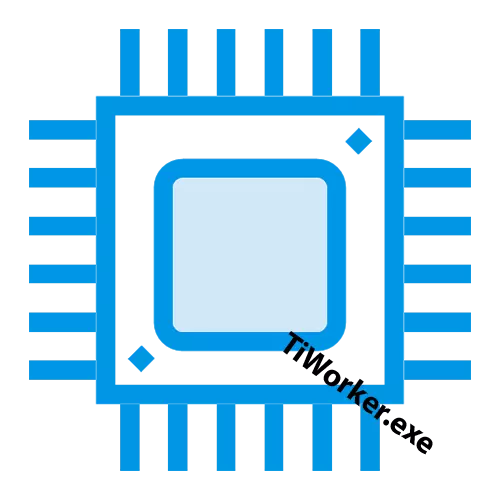
The main components of Windows, as well as any applications, use system resources, be it the power of the CPU, the volume of the hard (solid-state) disk or the frequency of RAM. As part of this article, we will look at why Tiworker.exe excessively loads the CPU and how to avoid it.
Why tiworker.exe loads CPU
Tiworker.exe is a composite element of the automatic search mechanism, download and install the operating system updates, especially manifesting themselves in Windows 10. In addition, it works while turning on / off of those or other OS elements. The load, created by them on the system, is quite normal, even if the process may require 70-80% of the processor power. It happens when the computer has not been updated for a long time and / or a package of updates is quite large. It should be delimited that such a stress loading procedure in normal mode cannot occupy more hours of hours, otherwise it is an anomaly, possibly malicious, from which you can and need to fight.Method 1: Acceleration of the update process
Due to the influence of the non-critical failure to the Windows Update Center, this automatic mechanism can incorrectly work, once over time, launching Tiworker.exe in order to test the availability of new updates. To remove the load, you can help him by running the search and downloading updates manually, then set them as follows:
- Click on the Start button, locate the "Check Updates" system parameters through the search and open them by clicking on the icon or open.
- Using the search in the Start menu, find the "Troubleshooting" system parameters, open them by clicking on the corresponding line, or click on "Open".
- Select "Windows Update".
- Click "Run a troubleshooting tool".
- Wait while there is a detection of problems.
- Detected errors will be automatically corrected. After removing the results of the verification, click on "Close the troubleshooting module".
- Find the "Start" panel in the Control Panel search box and go to click on the icon or "open".
- Click on the "Category", and then select "Minor Icons". The point you need lies in a wide list.
- Click on the "Troubleshooting" line.
- Select "View all categories".
- Wait until the system searches for diagnostic packages.
- Among all the presented lines, we will need to interact with such: "System Service", "Background Intellectual Transmission Service" and, of course, "Windows Update Center". Damage somewhere inside them can be responsible for excessive load on the CPU.
- Click on "System maintenance" by right-click, initiating "start-up on behalf of the administrator", in order to avoid problems with access rights and pre-permit the system to make deep changes on your behalf.
- In the diagnostic window of the diagnostic, press "Next".
- Expect while the system is looking for malfunctions and problems of a particular component.
- In the absence of any problems, press "Close troubleshooting" and make such manipulations with the "Background Intelligent Transmission Service" and "Windows Update Center".
- When damaged or errors are detected at a certain moment, click on "Apply this hotfix", and then close the troubleshooting window.
- If necessary, search for updates manually once again as specified in the method 1 and restart the computer.
- Click on the "Start" icon with the right mouse button, then select "Network Connections".
- In the network status window, select "Setting the Adapter Settings".
- Now click on the icon of your wired connection, again the right mouse button, and click "Disable".
- Find by opening the "Start" menu, the "Command Line" application, and then make a "launch from the name of the administrator", in order to anticipate the OS desire to request your relevant rights.
- At first, I register Net Stop Wuauserv, which deactivates the Windows Update Center, and then click on "ENTER".
- After the first command, enter the following: Net Stop Bits, which, in turn, turns off the "Background Intelligent Transmission Service" service, and again use "ENTER".
- Open the "Explorer" by clicking on its icon on the taskbar. Click on "Local disk (C :)", and log in to the Windows folder.
- Go to the "Softwaredistribution" folder.
- Select all the files in the folder and delete by clicking on one of them right-click, and then use the Delete item or simply the Delete key.
- Confirm the deletion of files in the pop-up window by pressing "Yes."

- Open the Start panel, in the search bar, type "System Configuration", and then make a "start-up on behalf of the administrator" of the application of the same name.
- On the General tab, click on the mug near the "Selective Start" line, and then remove the mark from "Download Elements automatically", then click on "Apply".
- Press the left mouse button to the "Services" tab, check the "Do not display Microsoft Services" parameter, and then click on "Disable All" and do not forget to save the changes to the "Apply" button.
- Go to "Autoload", after which "Open Task Manager".
- Click PCM in absolutely all the remaining processes that are put on autoload, starting from the first, and choose "Disable". When everything is in "Disabled" mode, close the window.
- Approve all changes by clicking on "OK".
- Restart the computer, which should now be launched without unnecessary non-system services. Search and install updates.
- Press the CTRL + ALT + ESC key combination or log in to it any other way to you.
- Creating a combination of the "Ctrl + Alt + Esc" keys to call the task manager.
- Lay "Tiworker.exe", it can be a better known under the name "Windows Modules Installer Worker", click on it by PCM and use the "Remove task" item or give the Delete key.
- Thus, you turn off the process at the moment, however it will be restarted when the PC is next inclusion, because follow the instructions on when it turns off completely.
- In the search for the "Start" panel, find the "Services" application, and then make a "start-up on behalf of the administrator".
- Watch out the Windows Installer Service and click on "Stop Service".
- Additionally, you can enter its properties, twice clicking the LKM by the name of the service in the list. It also allows you to stop the service, prohibit it automatically start, transferring the state to "manually" / disabled.
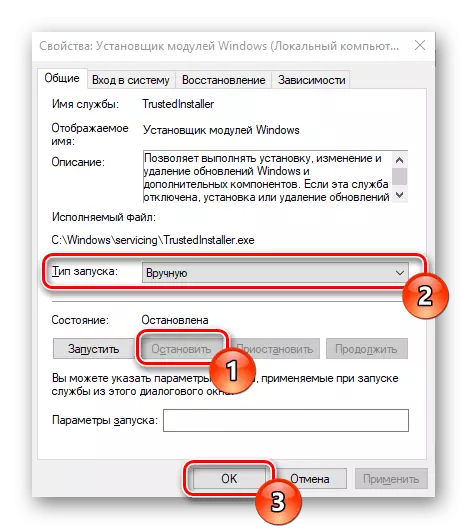
- Do the same for such a service as a "Windows Update Center".
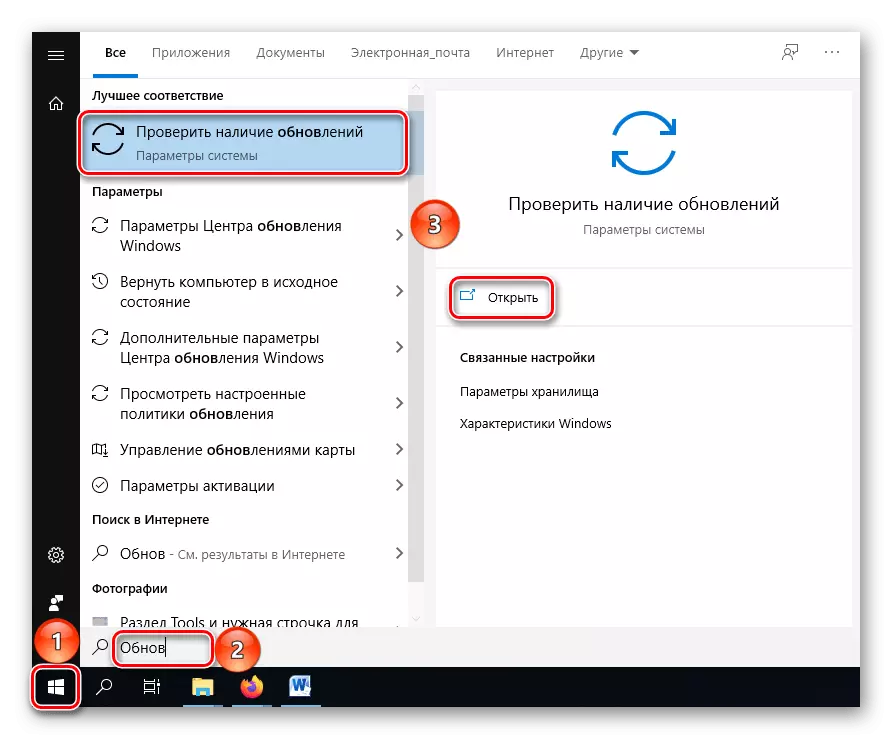
Note: Do not confuse the update of the OS components and "Updating Windows 10 functions, version ****" . If you are available to the second option, this proposal to update the entire system that is somewhat not according to the Tiworker profile.
Thus, you can help the OS in checking the availability of updates, their independent download and installation. In the staff of this update processes, this should be enough, since in normal conditions they can load Windows only in the context of working with updates.
Method 2: Error Correction by System
When you collide with the fact that after restarting the problem remains and / or updates are downloaded or installed every time a very long time, you can state the case of a serious failure with the Windows Update Center to be corrected separately by using a special built-in software.
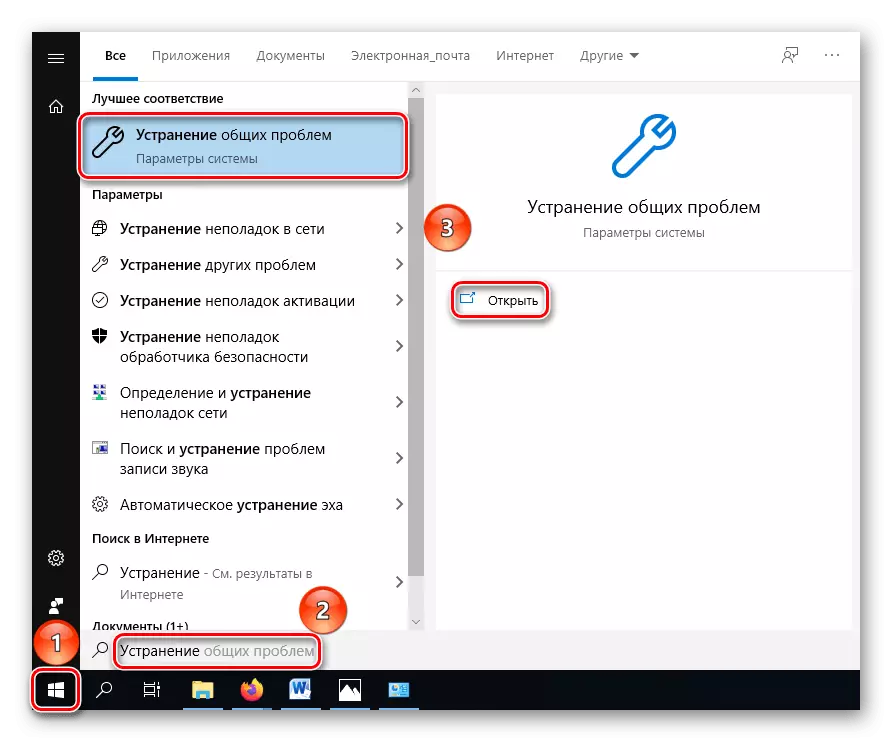
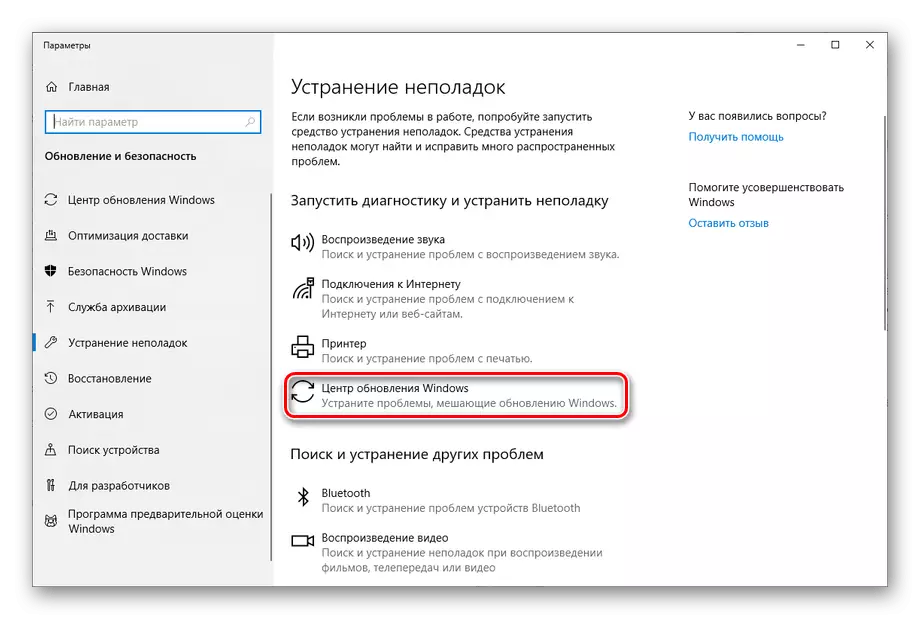
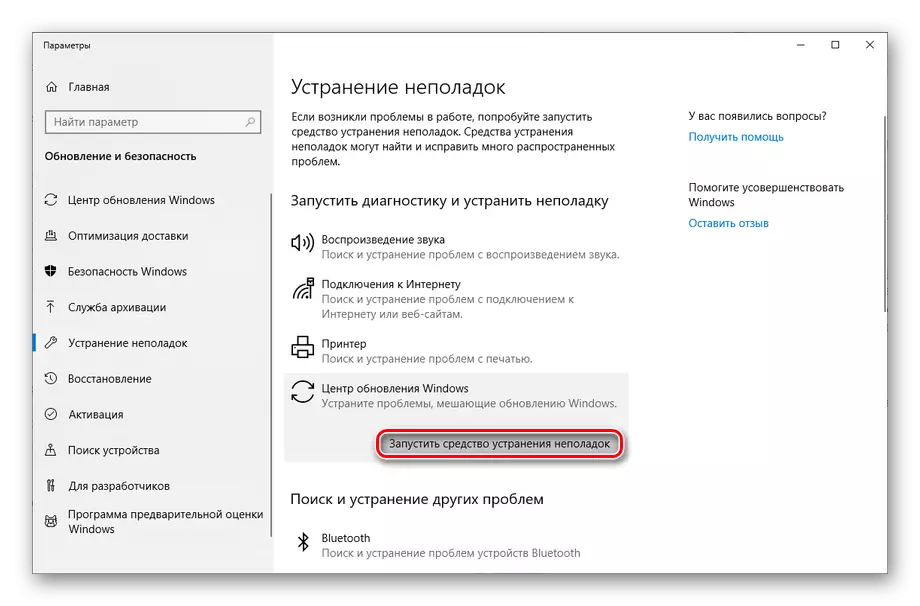
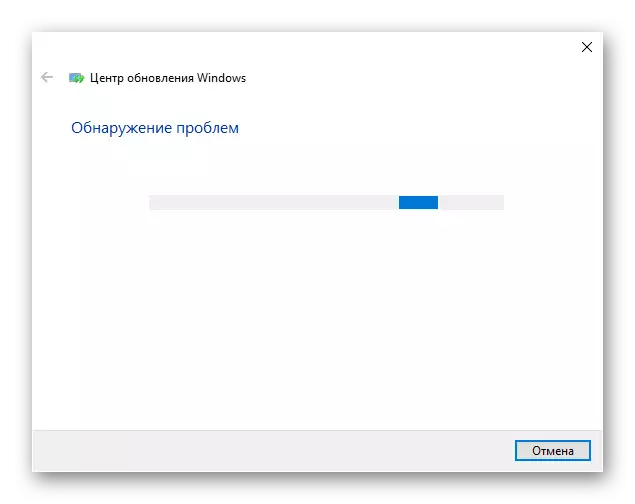
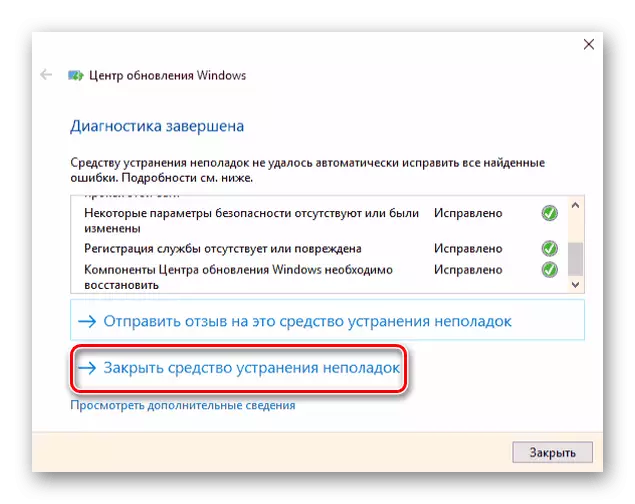
After successful troubleshooting and reloading, the problem with the update loading process should disappear, but if the system could not detect errors or correct them, and the load on the processor is still there, then you should check windows comprehensively.
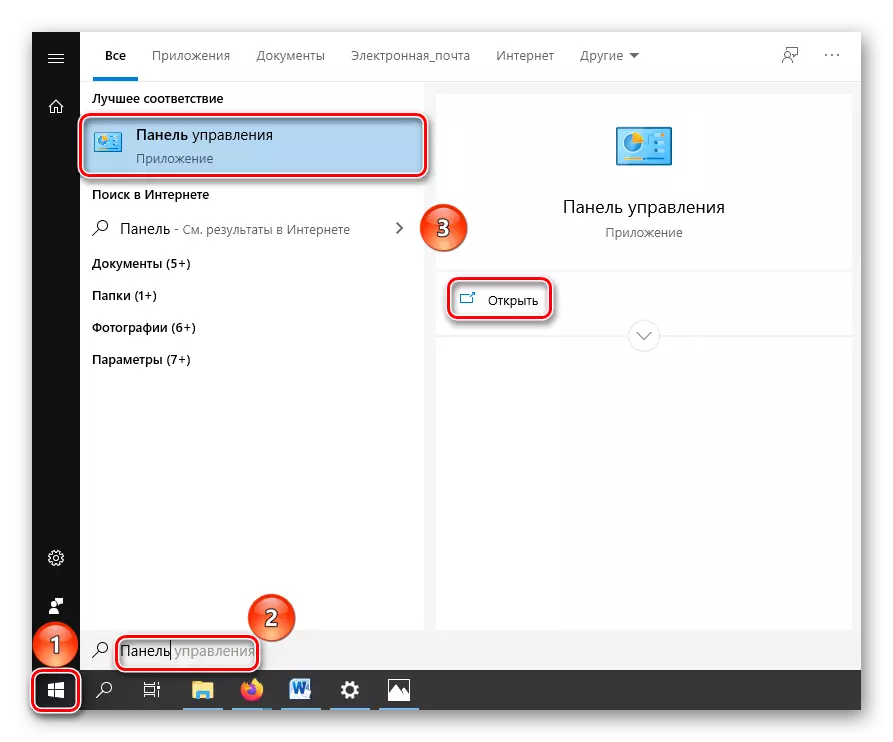
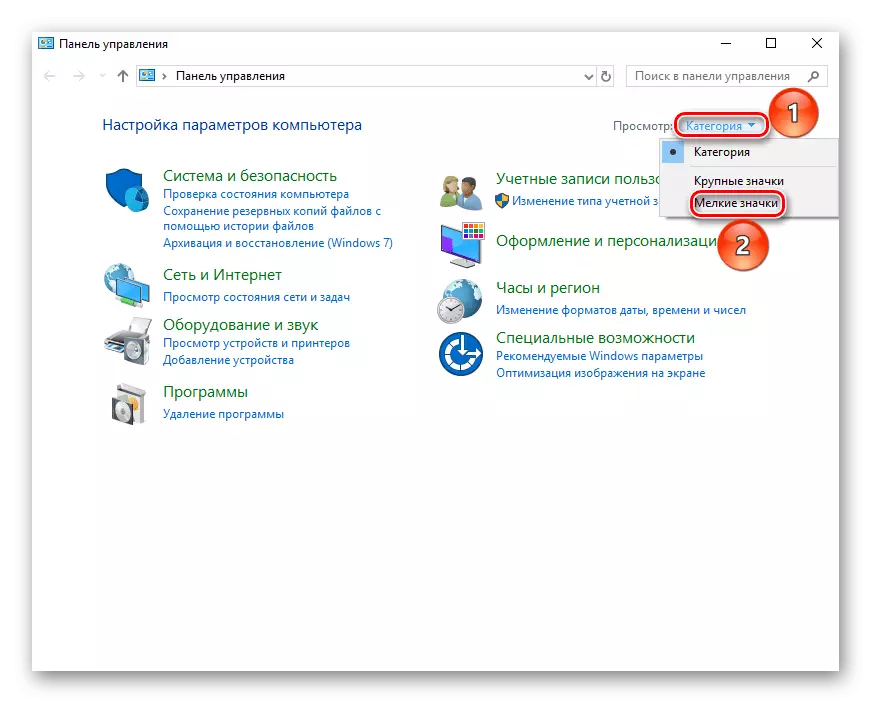
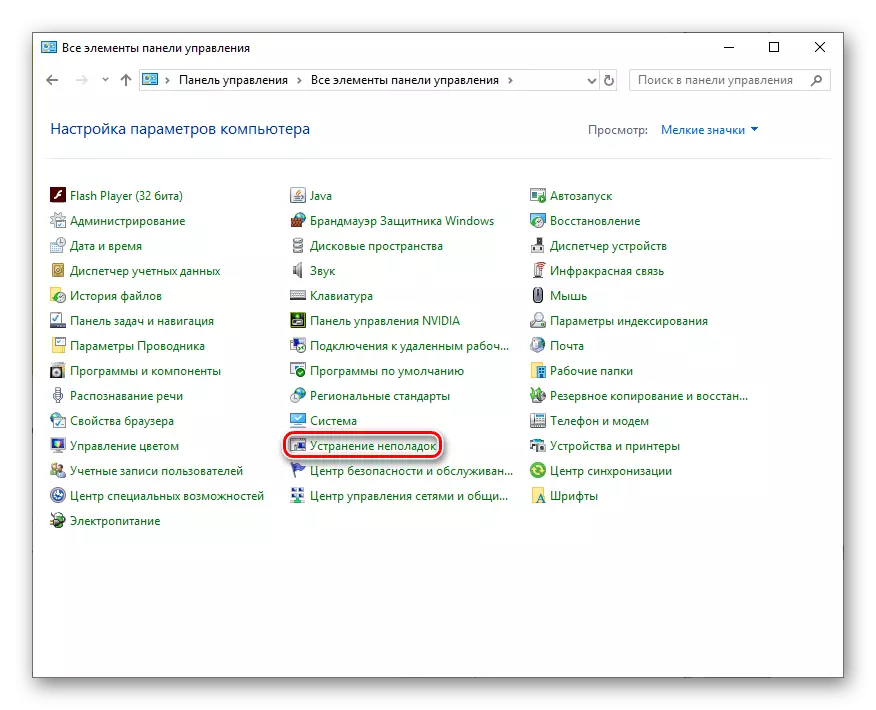
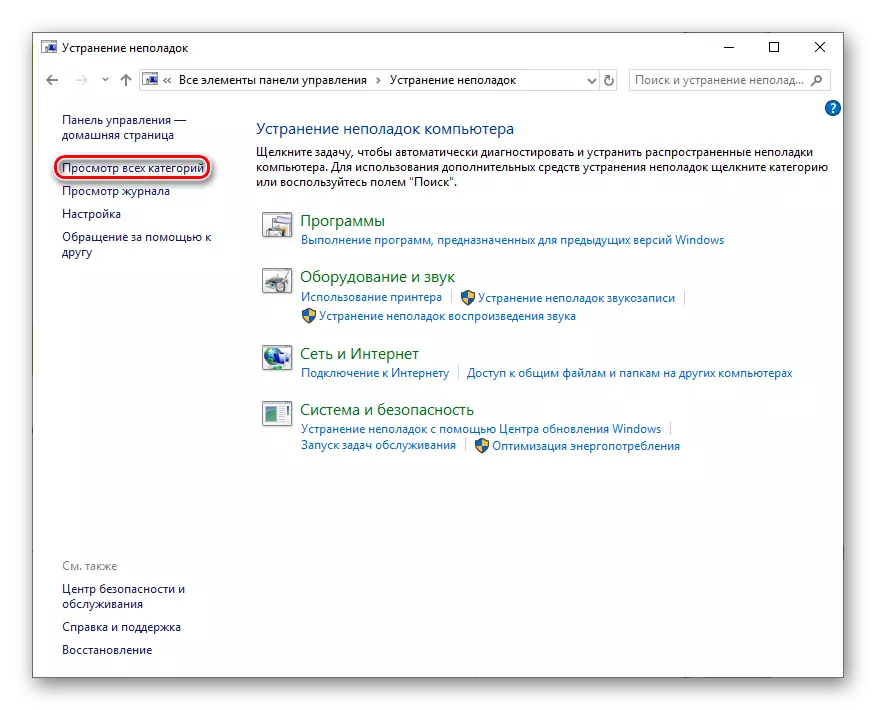
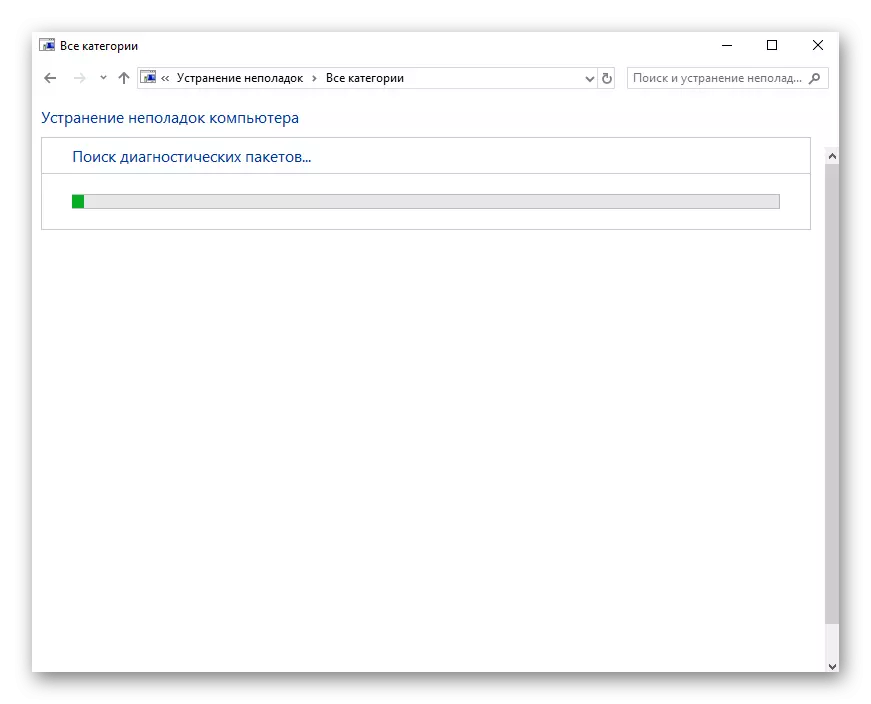
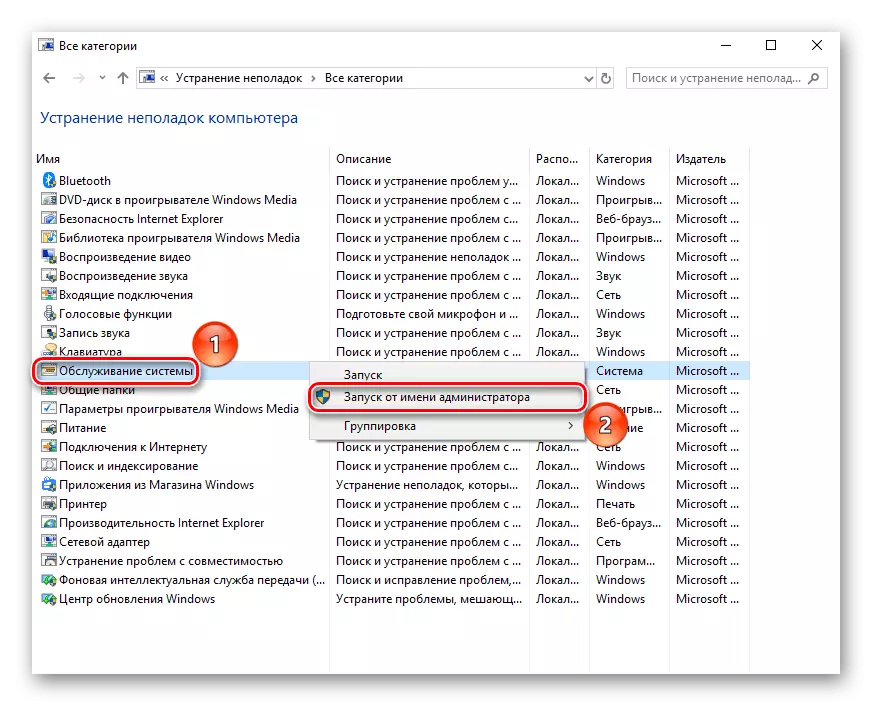
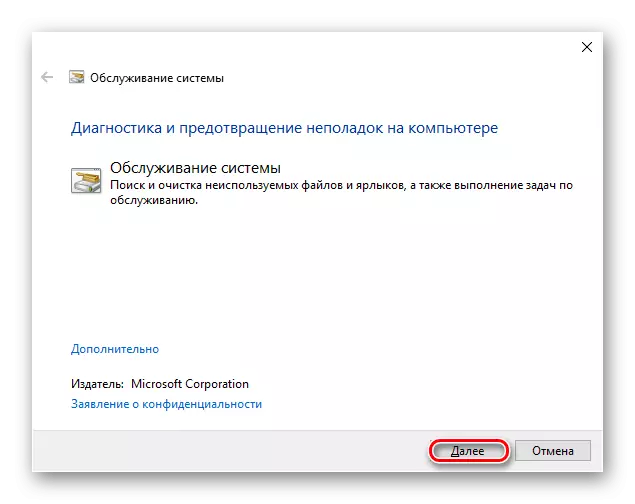
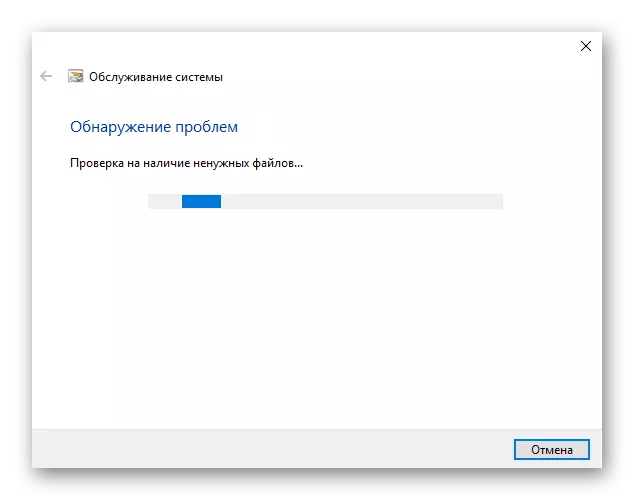
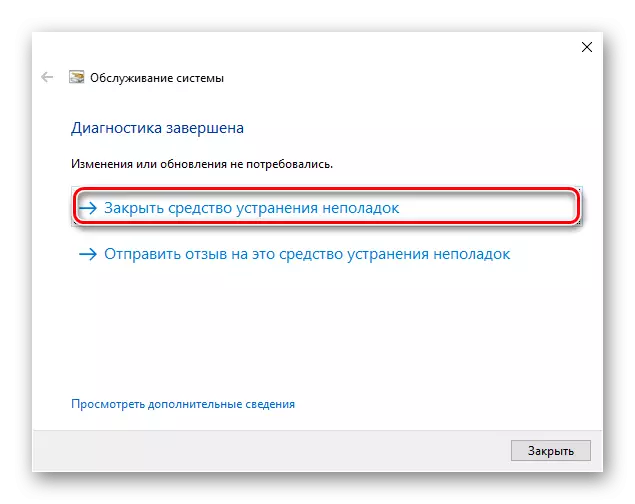
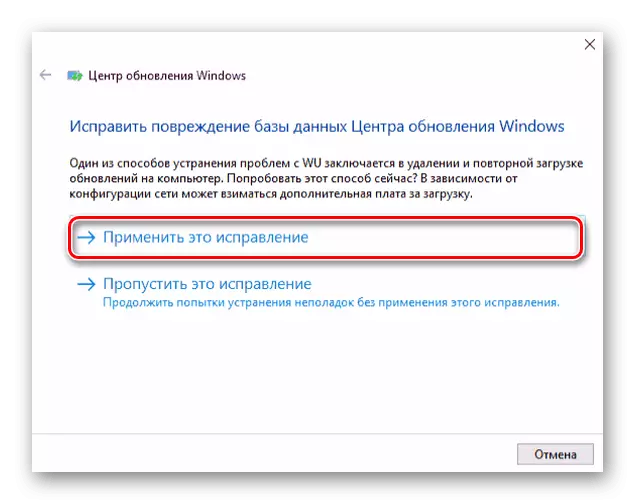
According to this instruction, you check the system for malfunction and errors by simultaneously correcting them, which can be a solution to the problem with the resource-intensive and long-lasting Tiworker.exe process, and it myself should not look for updates with stretch.
Method 3: Clearing Update Cache
If the previous component could not detect or correct the problems, it remains manually to do. The first step in this will be clearing the update cache. To begin with, it is necessary to correctly interrupt the Internet connection so that Windows cannot load the cache.
Wireless connection
Click on the Wi-Fi icon on the panel in the lower right corner of the desktop and in the pop-up window click "Disable" from the network to which you are connected.
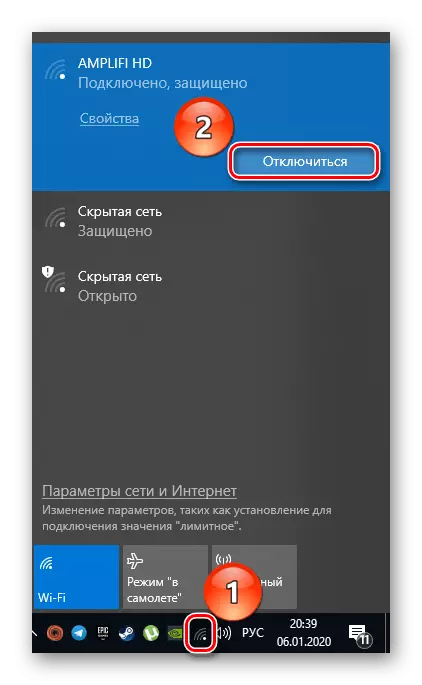
Wired connection
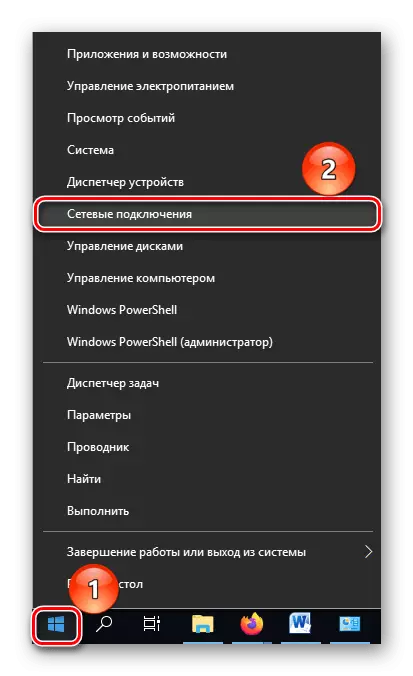
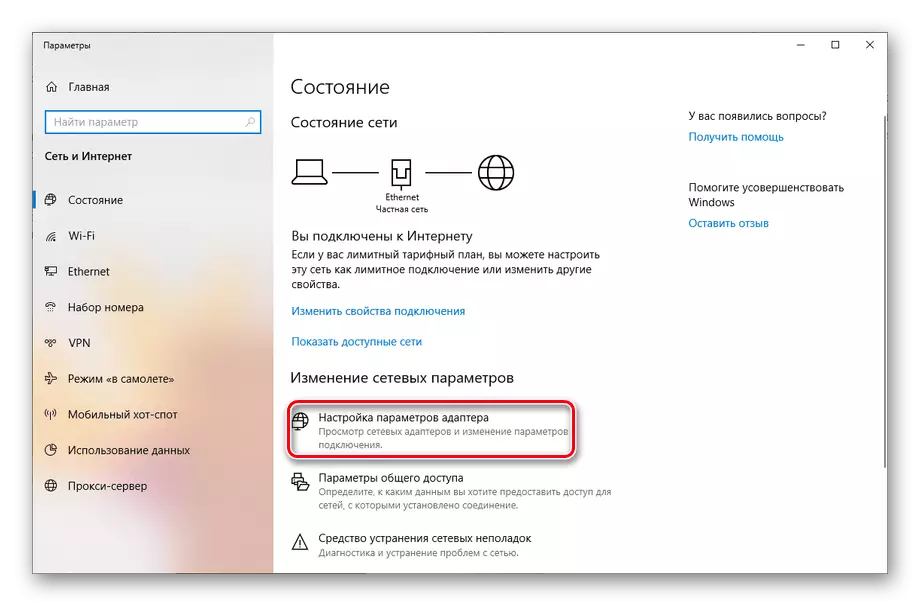
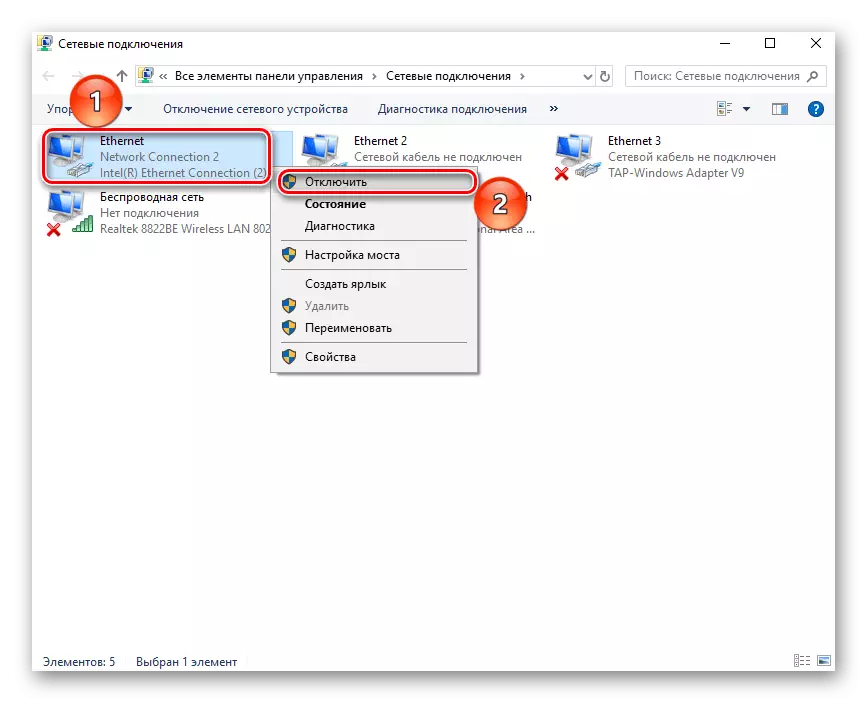
When the system there is no need to use the updates' cache, you should proceed to its sequential cleaning.
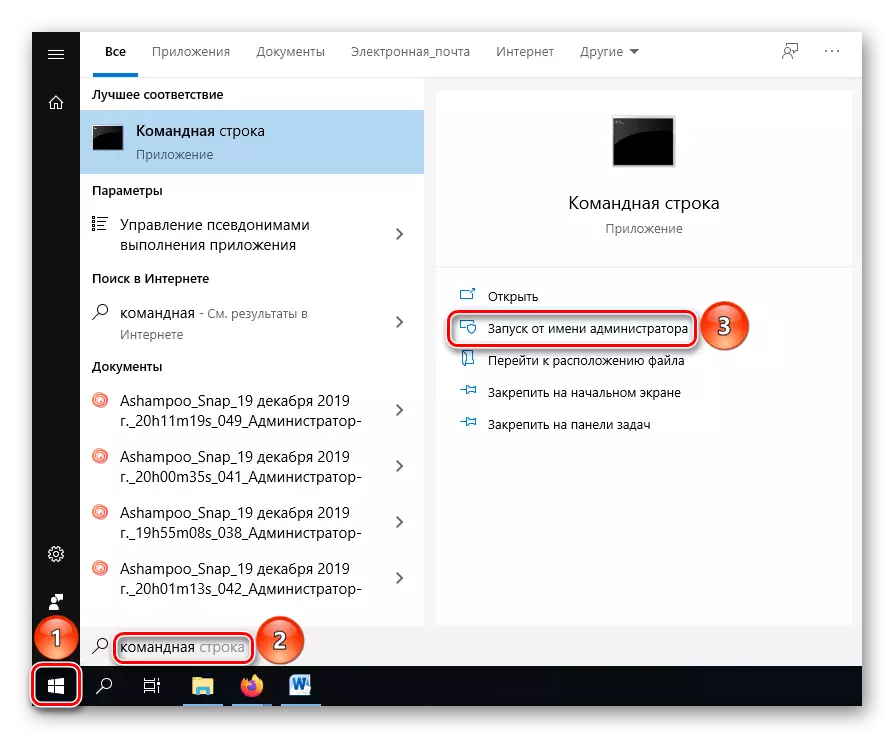
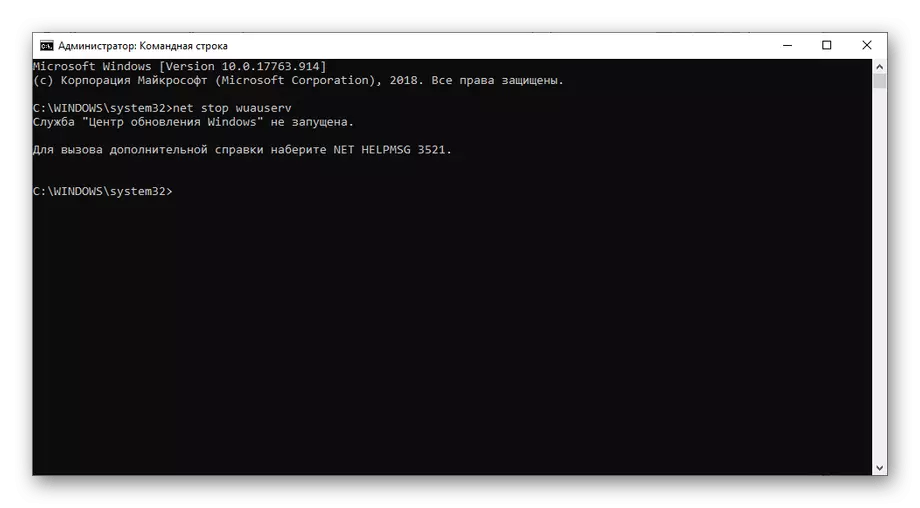
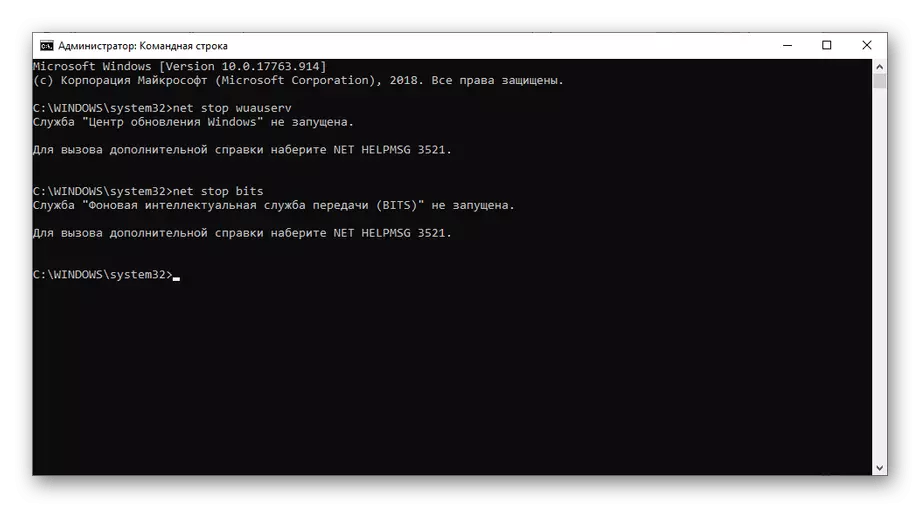
It is important that the specified shut off or were originally launched. In the event that it was not possible to disable them, then restart the computer and try again.
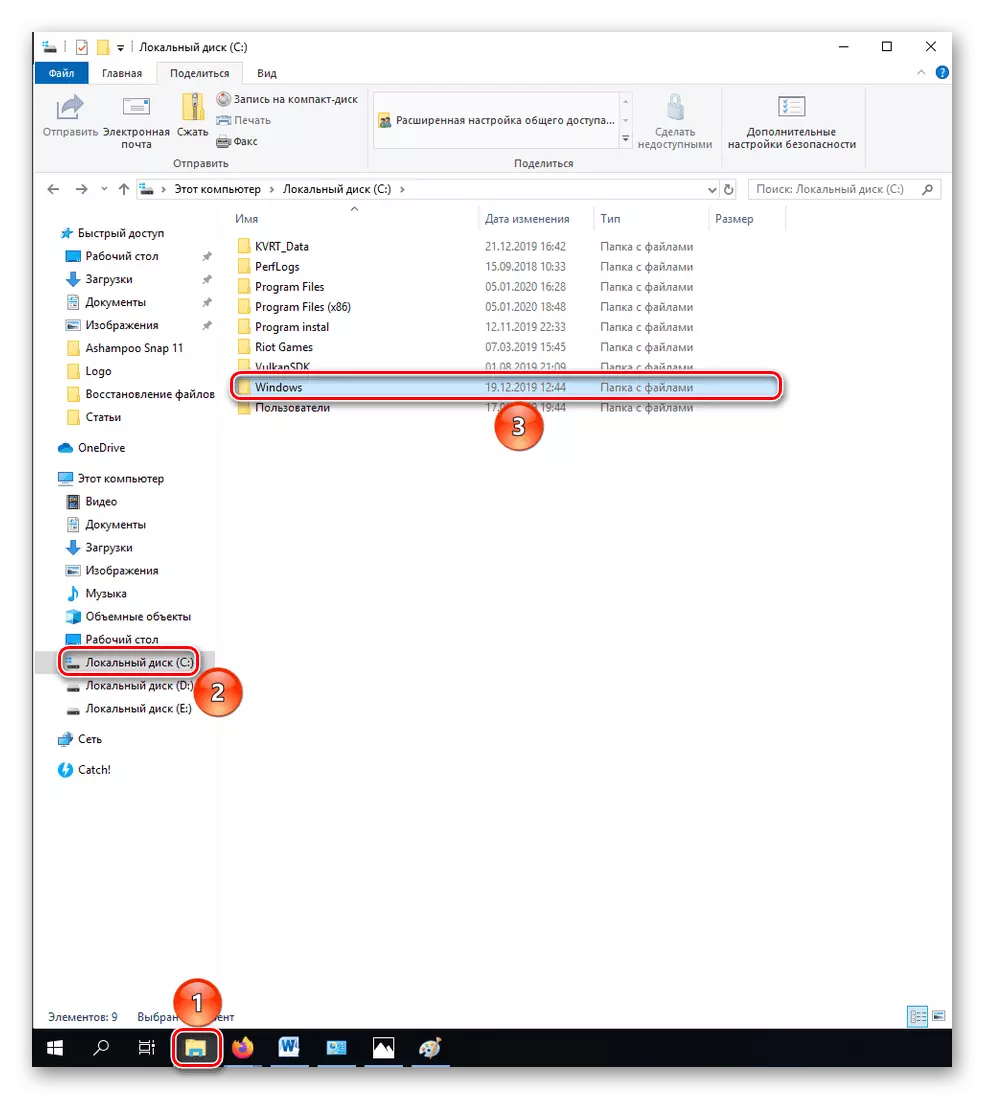
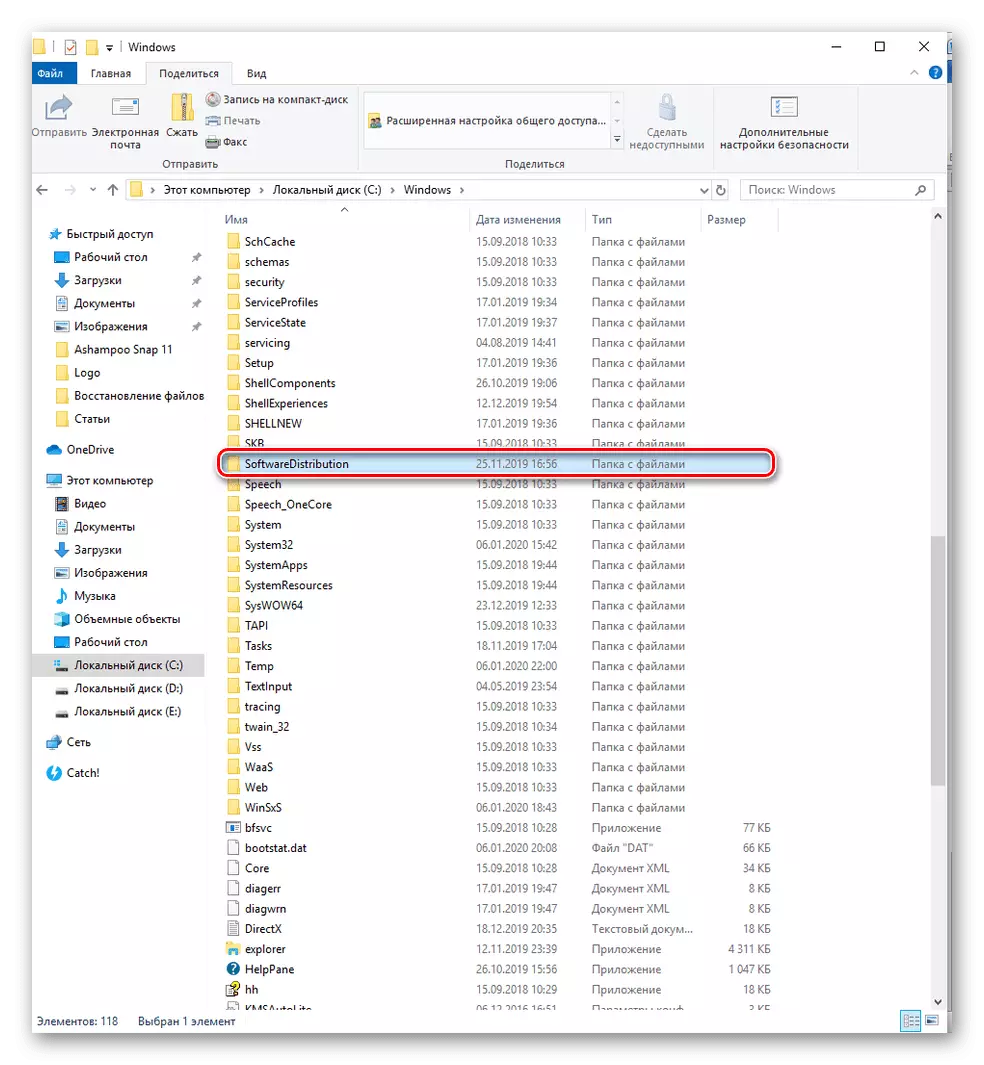
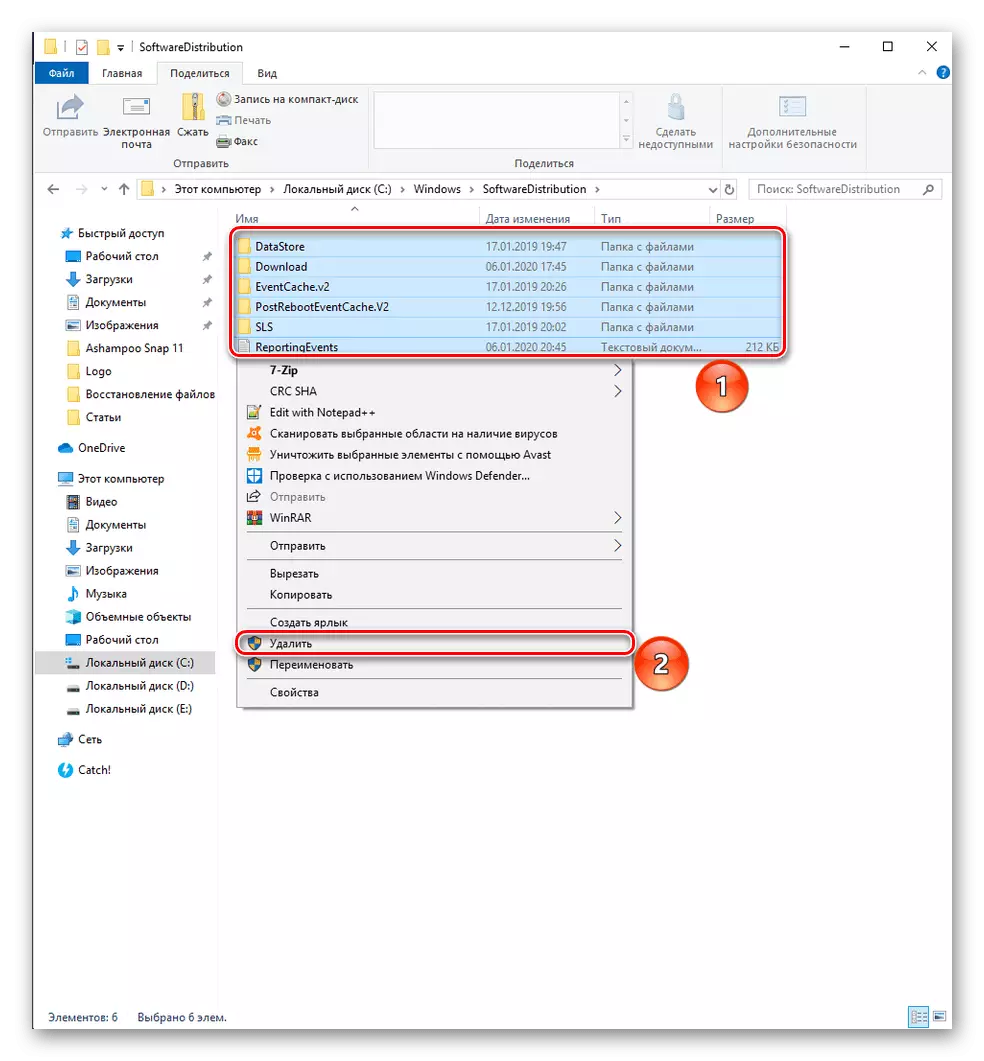
So you will clear the cache of updates that could clog or accumulate errors along the download of many updates. After the manipulations have done, it is worthwhile to include services that were deactivated earlier. Re-call the "Command Line", best with the authority of the administrator, and alternately enter the Net Start Bits, Net Start Wuauserv, the Enter key confirming the entry of each command. As a result, they must start successfully.
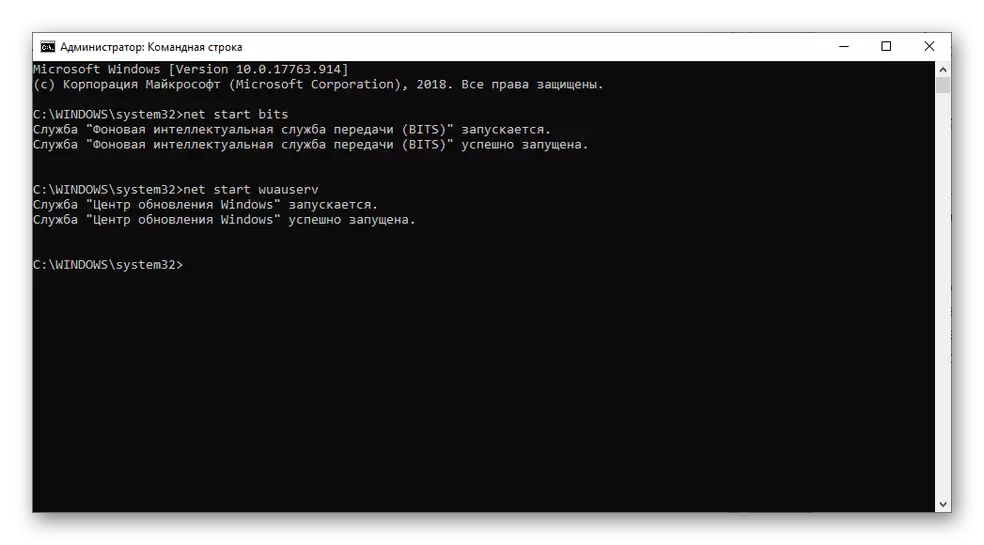
In the end, connect to the Internet and try to update through the Windows Update Center. The operating system in the face of the appropriate mechanisms must be unreleased to find updates and install them, without loading the computing element more and longer than the necessary one.
Method 4: "Clean" launch
In the absence of the effect of the above methods, we advise you to search and install updates in the so-called "clean" download mode, that is, with the disconnection of third-party applications and processes. Follow the following instructions:
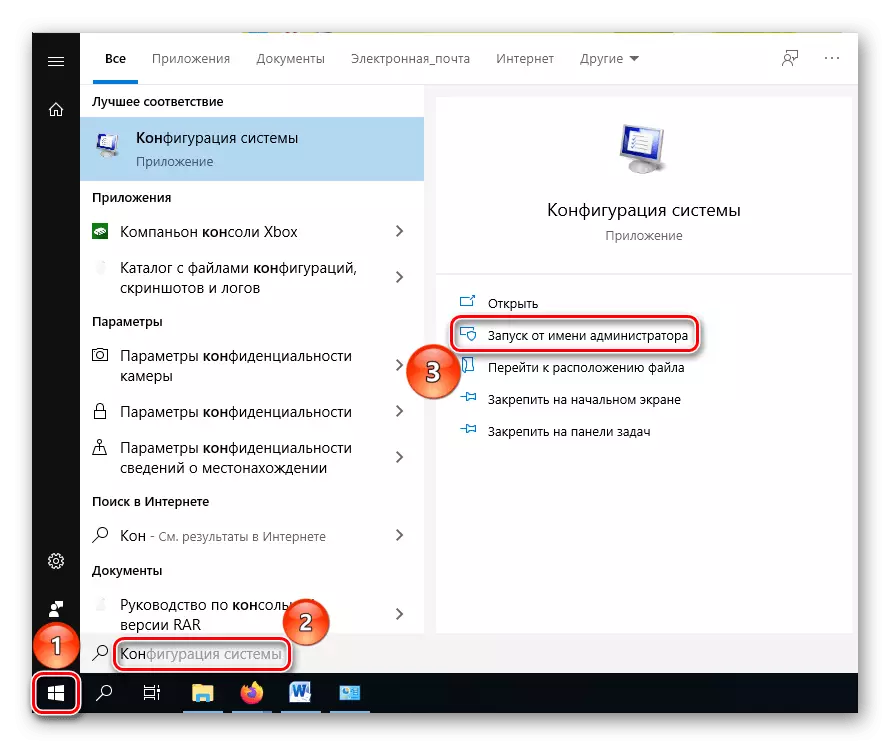
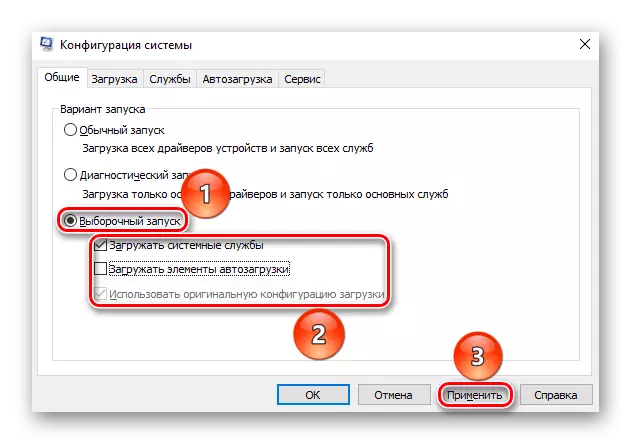
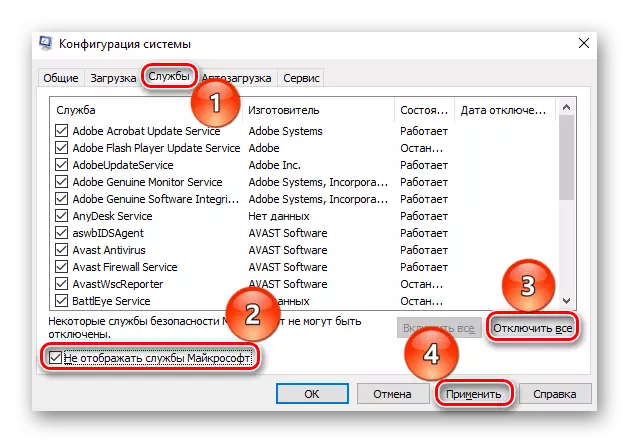
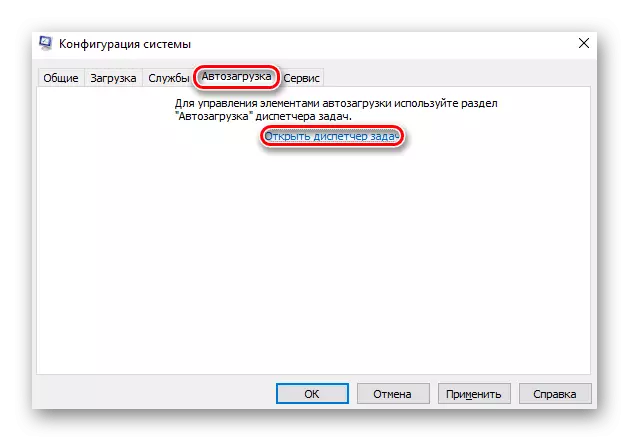
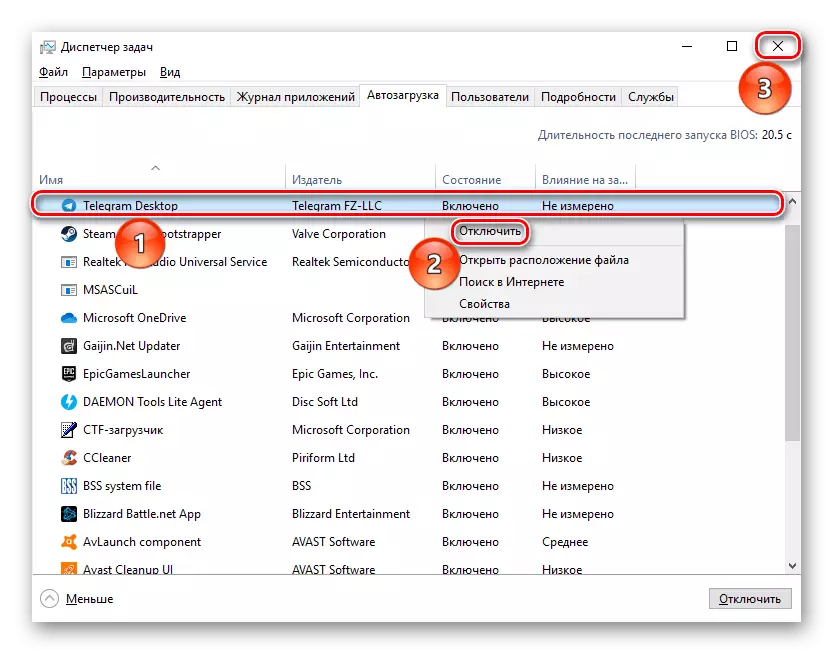
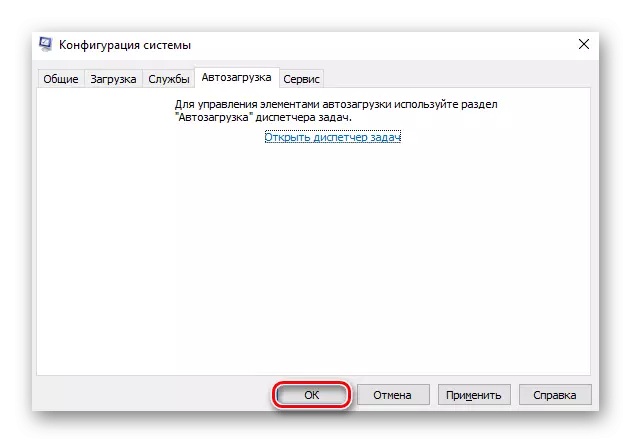
The combination of effects from the use of previous methods and described only should solve the problem with the unreasonable load.
Method 5: Changing update priority
If you are strained by the fact that the update takes more resources than you would like to give, you can adjust the task of the desired priority level in the Task Manager system monitor.Watch the load after changing the priority level. If the selected initial option does not satisfy, lower it.
Method 6: Disabling the process and / or system service
With the fact that no one of the ways described above did not work, or you just want to block an OS possibility of auto-update, taking it under hand control, you can turn off the Tiworker.exe process itself separately and the entire service responsible for this in general.
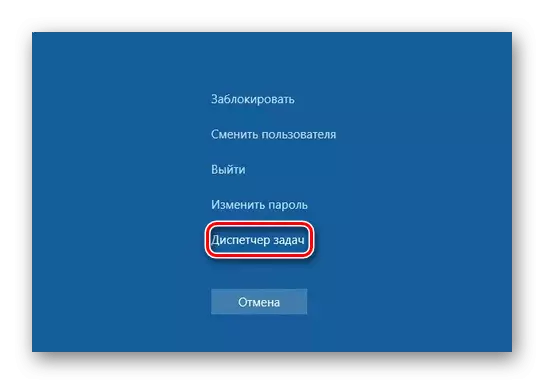
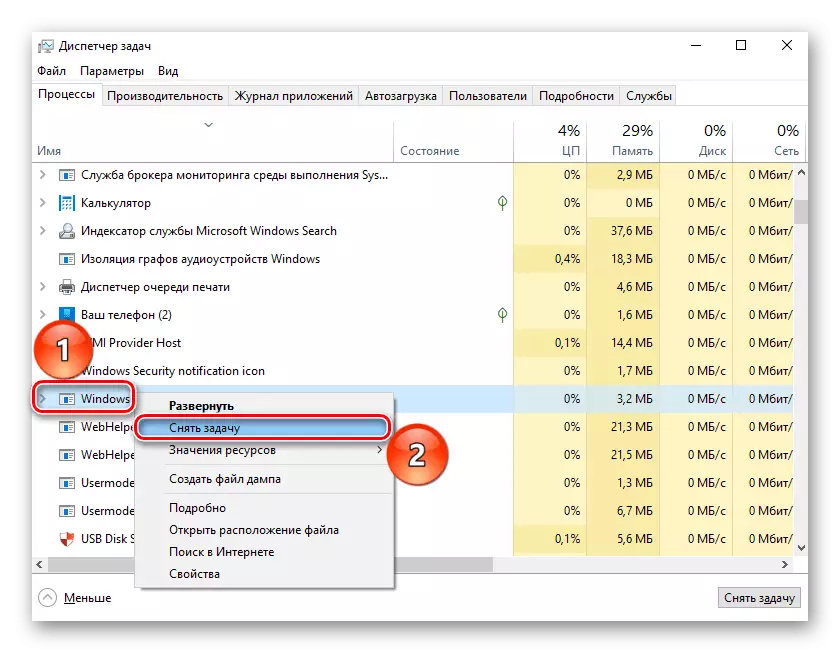
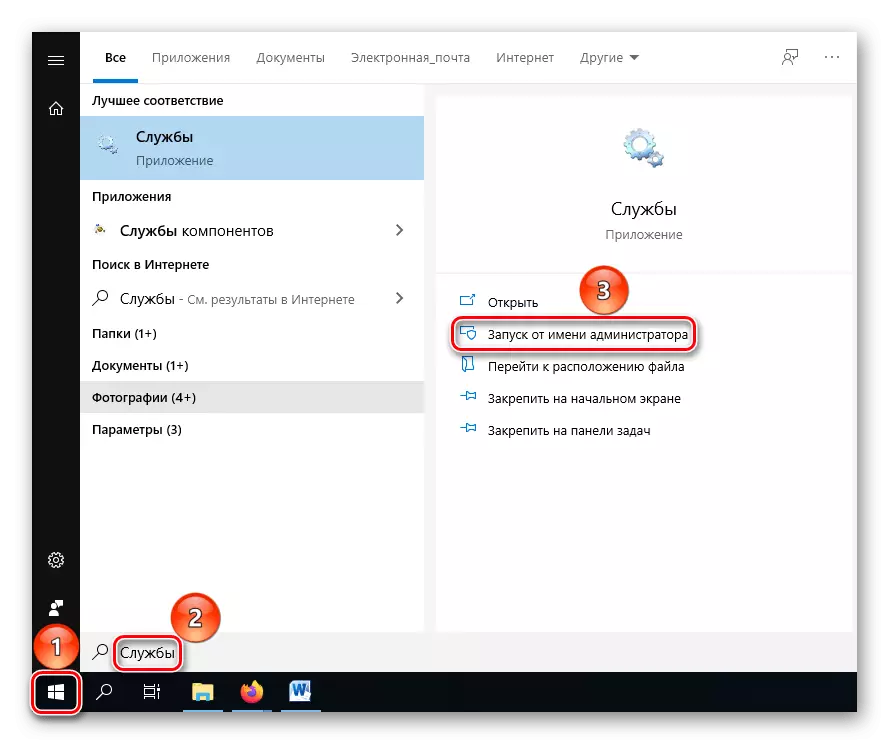
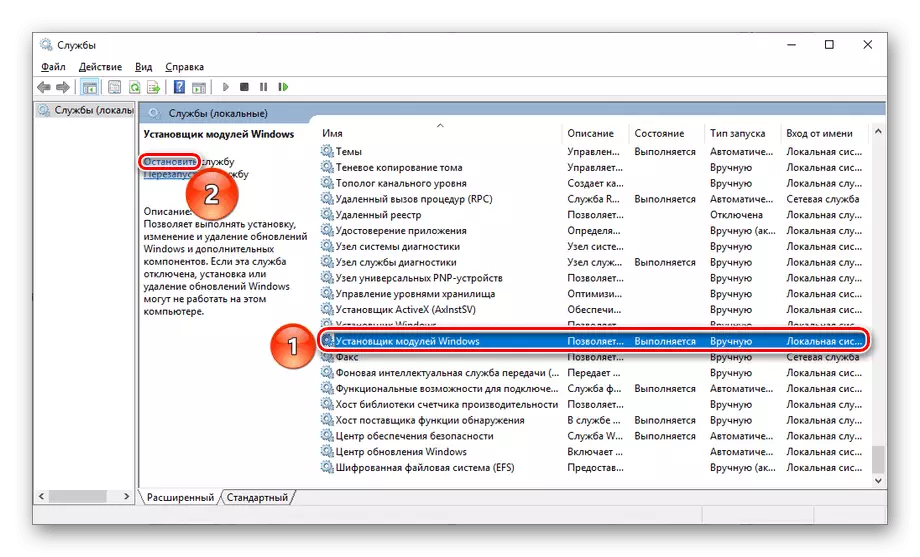
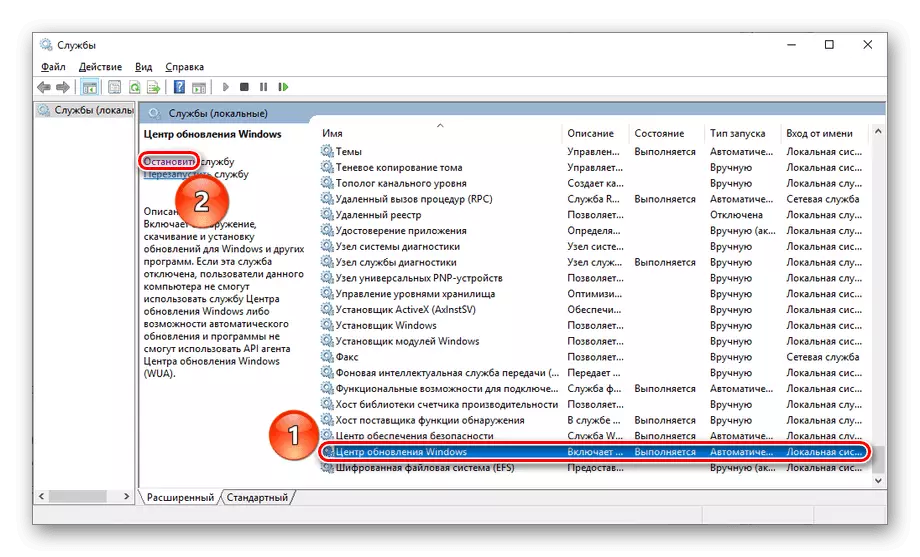
By making all the necessary actions, you forbid the OS mechanisms to automatically search for updates and an independent update, translating these functions in manual mode. We recommend that you regularly check and initiate Windows updates.
Method 7: Cleaning OS from viruses
Of course, you should not forget about the ubiquitous viruses that the Tiworker.exe process can infect or simply disguise for it. The methods of combating such cunning malware include the search for a virus, better by third-party software (since the current antivirus has already compromised itself) to repair the registry and restore system files. In general, the standard procedure applied to many problems.
Read more:
Combating computer viruses
Registry Cleaning with CCleaner
Use and restore the integrity of system files in Windows 10
As part of this article, it was considered why Tiworker.exe ships the processor and how this can be countered. Basically, the load is caused by the work of the standard search mechanisms, and then the installations of updates, but abnormally high or long, it can make malfunctions, errors, accumulation of unnecessary data in the cache.
